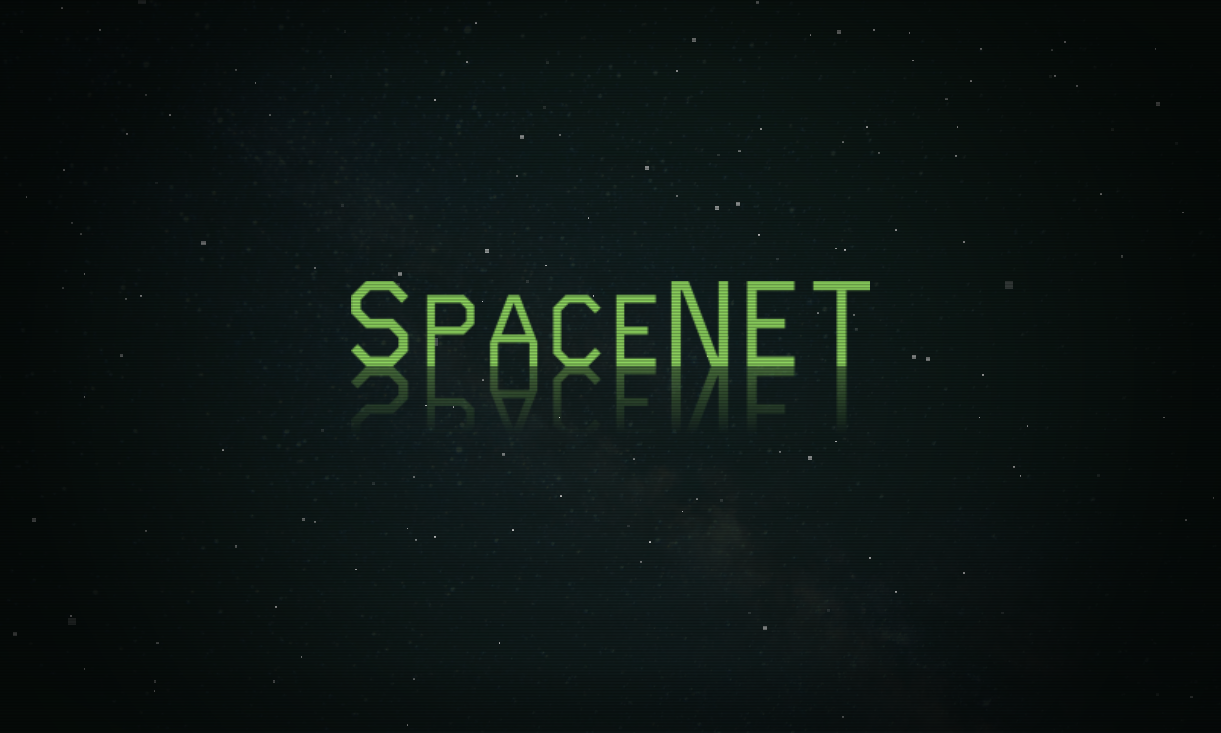

Together, along with our annotations of building footprints, these two remote sensing components form the basis of the SpaceNet 6 dataset and challenge. Following these collects, just 8 days later, the Maxar WorldView 2 sensor passed overhead collecting a pristine image of Rotterdam. The same area of Rotterdam was imaged in 204 passes over 3 days, resulting in a dense stack of SAR data.

The SpaceNet 6 SAR imagery is collected via a test run of the Capella Space SAR sensor via an aerial platform. As such, these sensors could be particularly valuable in a disaster-response scenario where cloud cover and adverse conditions often limit the value of traditional optical imagery. SAR sensors are unique as they can penetrate clouds and work in any illumination setting (day or night). The SpaceNet 6 dataset is novel and the first permissively licensed dataset containing over 100 km² of very high-resolution half-meter SAR imagery. On the right, we can see a portion of the SAR data as it is collected on August 4th, overlaying the WorldView 2 Optical Image. On the left portion of this figure we can see the relative look angles of each of these collects.
#Spacenet utah full#
Then on August 31st, 2019 the Maxar WorldView 2 Sensor collected a full image of the same area at a near-nadir look angle (17°). The same area was repeatedly captured in 204 successive passes from both north and south facing look-angles (35°). The formation of the SpaceNet 6 dataset: On August 4th, 22nd, and 23rd 2019, an aircraft mounted Capella Space sensor imaged the port area of Rotterdam.

Our area of interest for this challenge was centered over the largest port in Europe: Rotterdam, the Netherlands. The SpaceNet 6 challenge is officially in the books, and today we are proud to announce our winners! In the challenge, participants were asked to automatically extract building footprints with computer vision and artificial intelligence (AI) algorithms using two unique modalities of very-high resolution remote sensing data: synthetic aperture radar (SAR) from Capella Space and electro-optical satellite imagery from Maxar. SpaceNet is run in collaboration by co-founder and managing partner, CosmiQ Works, co-founder and co-chair, Maxar Technologies, and our partners including Intel AI, Amazon Web Services (AWS), Capella Space, Topcoder, IEEE GRSS, the National Geospatial-Intelligence Agency and Planet. Preface: SpaceNet LLC is a nonprofit organization dedicated to accelerating open source, artificial intelligence applied research for geospatial applications, specifically foundational mapping (i.e., building footprint & road network detection). The SpaceNet 6 winner’s proposals (Green Outline) overlaid on the ground truth building footprints (Orange).


 0 kommentar(er)
0 kommentar(er)
